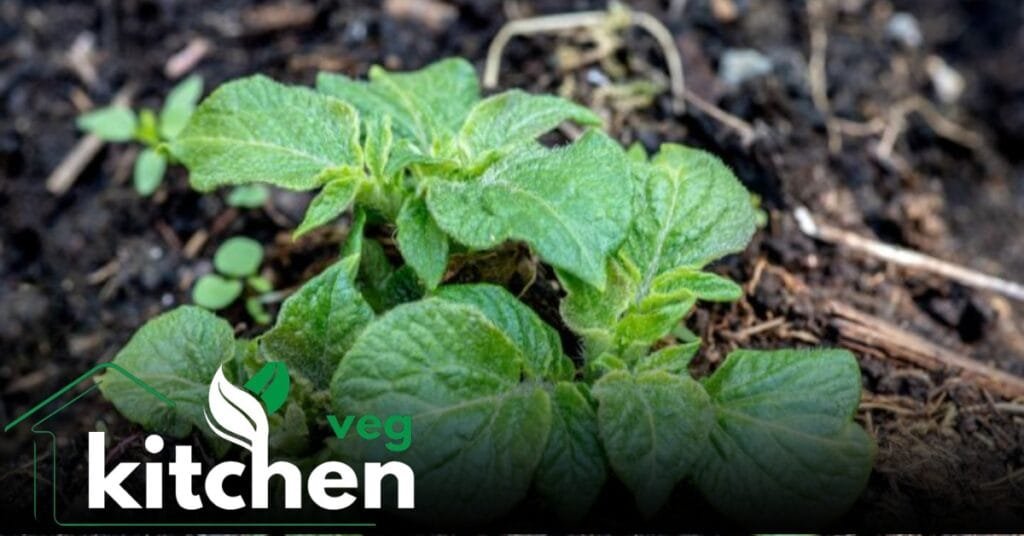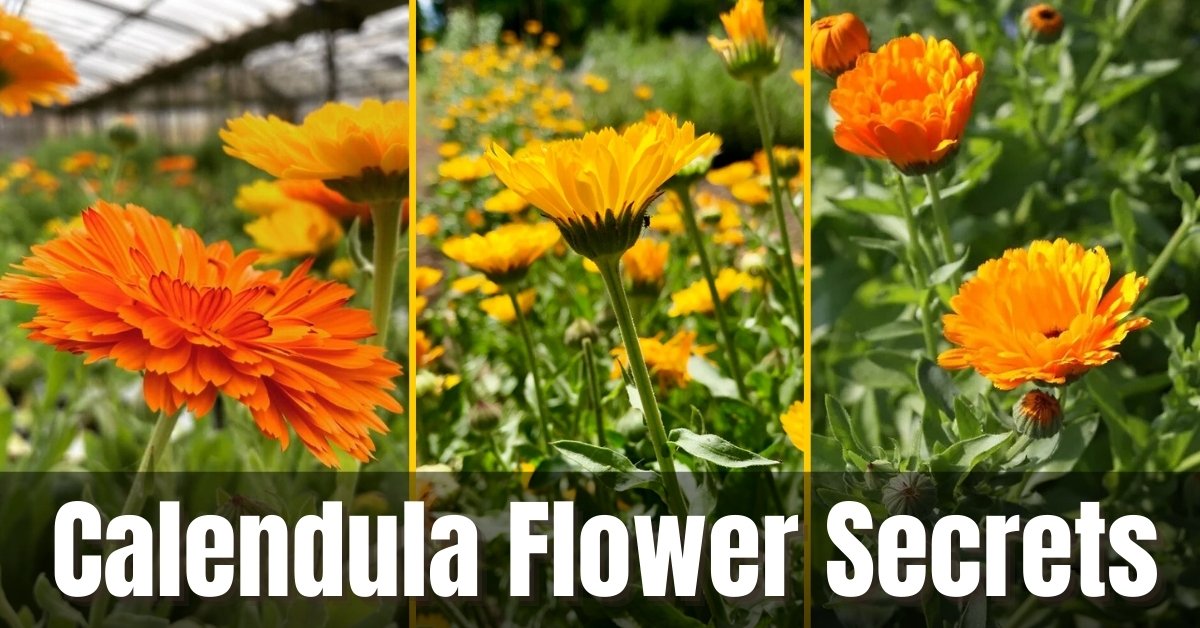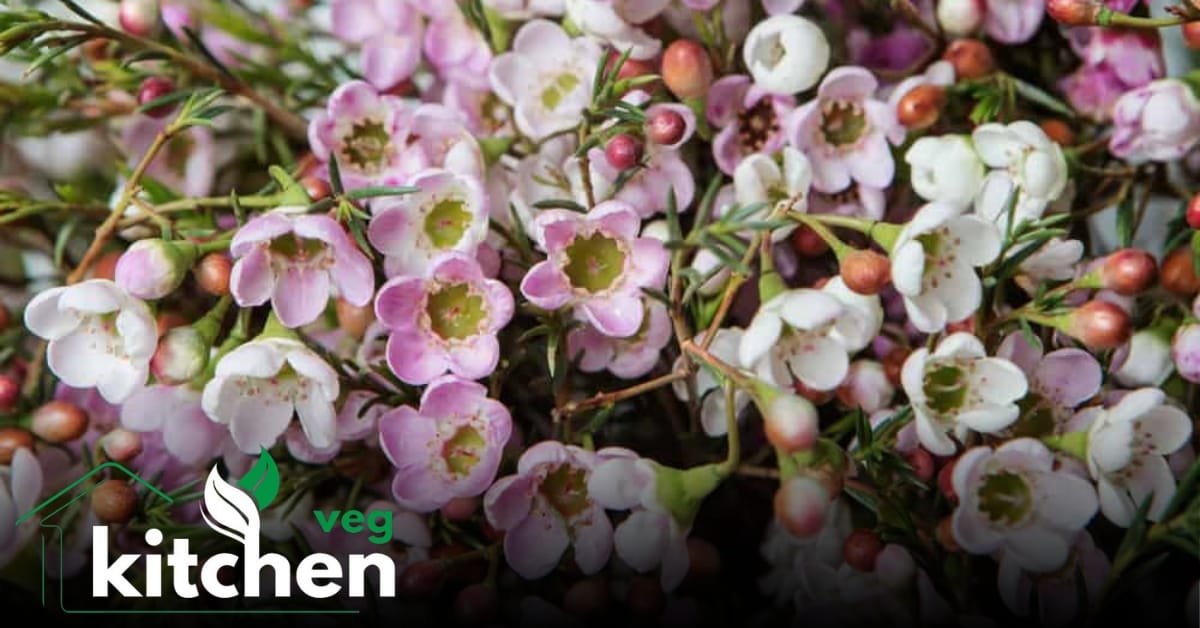Introduction
Many countries consider potato flower and potatoes essential foods and they are frequently praised for their variety in cooking. But the potato flower is a secret treasure beyond its function on the dinner plate. Although the potato blossom is rarely seen because of its short presence and the fact that most potato crops are picked before they bloom, it has a distinct beauty and is significant in several ways. This thorough guide explores the fascinating realm of potato flowers, including cultivation, traits and importance.
Understanding the Potato Flower
It’s essential to understand the botanical features of the potato flower before getting too deep into its details. The potato blossom, or Solanum tuberosum as it is known in science, is a member of the nightshade family or Solanaceae family. These blooms, ranging from white and pink to lavender and purple, usually blossom above the potato plant.
The Lifecycle of the Potato Flower
The life cycle of a potato flower is an exciting trip with unique growth phases. It starts when the potato plant grows from a seed or tuber. The plant eventually produces little, star-shaped blooms and grows luxuriant leaves as it ages. These flowers usually last a few weeks and emerge in bunches on top of the plant. The little green fruits known as berries, which carry the plant’s seeds, appear after the blooms have been pollinated. The cycle is finally completed when these berries ripen and fall to the ground.

Significance of the Potato Flower
The potato bloom has cultural, historical, and even symbolic value in different situations despite its apparent insignificance compared to the produce it precedes. In several civilizations, the emergence of potato blossoms, representing wealth and prosperity, marks the start of the harvest season. The blossom is also essential to the plant’s reproductive cycle since it helps pollinate and generate seeds.
Cultural and Historical References
The potato has been essential to many nations’ agricultural and culinary traditions throughout history. From its modest beginnings in the South American Andes to its extensive cultivation today, the potato has had a profound influence on human civilization. The potato blossom is prized for its beautiful appearance and cultural significance in many societies. For example, the potato bloom is honored as a holy crop in some parts of Peruvian tradition, and it is celebrated with traditional festivals and ceremonies.
Botanical Characteristics and Varieties
A variety of botanical characteristics, including form, color, and fragrance, are displayed by the potato blossom. There are varieties with pink and lavender tones among the potatoes, but the majority have white or different shades of purple. Furthermore, the kind of potato and the surrounding environment can impact the size and form of the blossoms. While some types could have smaller, darker blossoms, others might have more significant, colorful flowers.
Cultivation and Care
Gardeners may find growing potato plants fulfilling, even if potato blossoms are a transient sight in the landscape. To grow potatoes properly, it is essential to select the best potato variety for your climate and soil type. A sandy soil that is well-drained and rich in organic matter is ideal. Early spring is the best time to plant. After putting the roots in shallow holes, cover them with earth. Sufficient water and sunshine intake are essential for the growth and development of flowers in plants.
Pollination and Seed Production
Insects like bees and butterflies are the primary agents of pollination, which is essential to potato plant reproduction. A pollinator transfers pollen from the stamens to the stigma of a potato blossom, starting the fertilization process. After fertilization, the bloom turns into a berry that bears seeds. These seeds can be gathered and utilized in scientific experiments or to breed new potato varieties.

Ecological Importance
potato flowers enhance the ecological balance of their surroundings and are aesthetically pleasing. They also draw pollinators, such as bees, butterflies, and other helpful insects, since they supply nectar and pollen. These pollinators support biodiversity in agricultural environments and are essential to reproducing blooming plants, such as potatoes. Furthermore, pollinators increase farm production and support ecosystem resilience.
Culinary and Medicinal Uses
The potato plant produces the potato tuber, one of the most widely consumed vegetables in the world, even though the potato blossom itself is not frequently utilized in food or medicine. Potatoes are highly valued due to their nutritious content and adaptability in the kitchen; they are the main element in many dishes. Furthermore, several potato plant components, such as leaves and stems, have been utilized in traditional medicine because of their alleged therapeutic qualities.
Challenges and Threats
Despite their durability, potato plants encounter a range of obstacles and dangers in the current agricultural landscape. Pests and diseases like potato beetles and late blight can severely damage potato crops, resulting in lower yields and difficult financial times for farmers. Another serious concern is climate change, which may change planting and harvest schedules and increase the burden of pests and diseases. Due to monoculture methods and biodiversity loss, potato crops can also become more vulnerable to pests and illnesses.
Conclusion
In summary, the potato blossom is a stunning and attractive aspect of the potato plant’s lifecycle, yet it is frequently eclipsed by its more well-known counterpart, the potato tuber. The potato blossom symbolizes the perseverance and diversity of plant life, with significance ranging from its cultural and historical value to its ecological relevance and agricultural application. While we appreciate the intricacy and beauty of potato flowers, let’s not forget how crucial it is to preserve and safeguard this little but vital crop for future generations.



